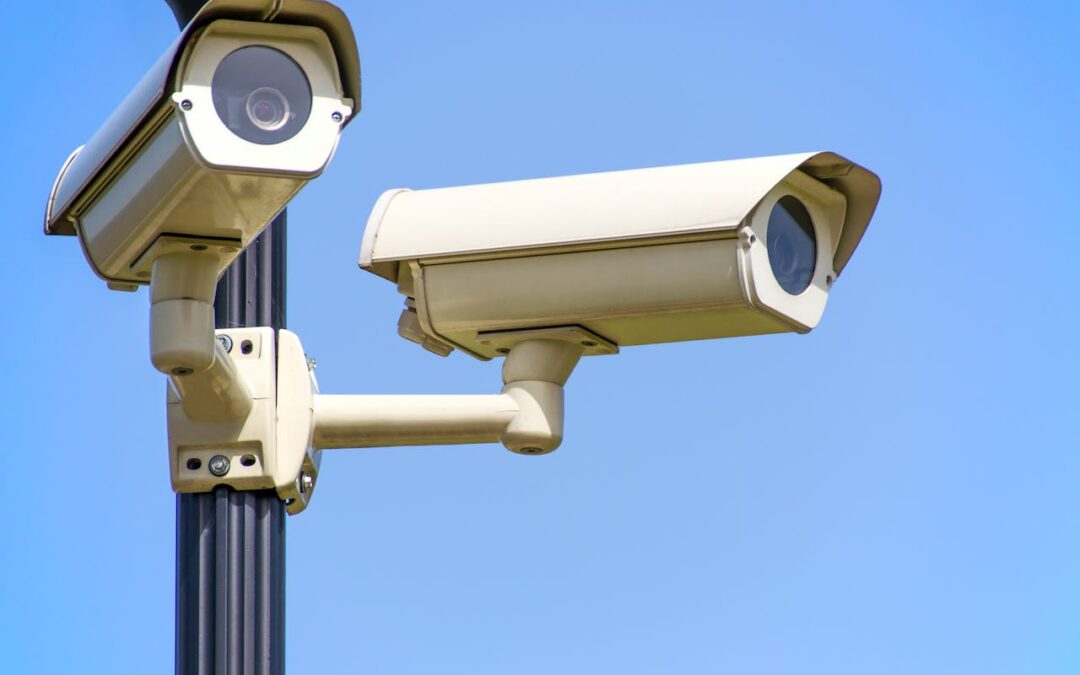As technology progresses, so too does crime.
While many innovations make our lives more convenient and productive, some bad apples in the bunch leverage advancements for their nefarious gains.
At the same time, the very technologies used to enable criminal behavior also provide new tools for investigators to solve cases and keep communities safe.
However, the expanding use of devices, networks, biometrics, and artificial intelligence by law enforcement introduces some complicated questions about privacy, oversight, and potential for biases in policing.
Let’s dive a little deeper.
What Are Some Impact of Technology on Criminal Investigations?
Technology is crucial in solving criminal cases.
Its rapid advancement over the last few decades has made it much easier for law enforcement agencies to investigate criminal activity.
New technologies, such as DNA testing and facial recognition, have given law enforcement an edge in solving crimes and bringing criminals to justice.
How?
With the help of DNA testing, investigators can match DNA samples found at crime scenes with potential suspects, and facial recognition software can identify suspects from CCTV footage.
Technology has also led to improved communications between law enforcement agencies, enabling faster sharing of vital information.
But like with all things, there is a downside.
You see, technology not only helps to solve crimes but also helps to commit them.
Criminals can use technology to hack into systems, commit fraud, and even use drones for surveillance.
Nevertheless, law enforcement agencies are using technology to stay one step ahead.
What Are Some Privacy Concerns When Using Technology?
Privacy concerns are the most significant drawback associated with the use of technology in criminal justice.
Why?
Because the government can abuse its power by using the information it collects for purposes other than investigating crimes or ensuring public safety.
How?
Law enforcement agencies that collect data can obtain private information from citizens through various sources ranging from social media to surveillance cameras without their knowledge.
One example is collecting personal data including cell site simulators, which track mobile phones’ location, and facial recognition, which can track people’s movement.
This is where the lines between black and white can become a bit blurry.
How Does Artificial Intelligence Help in Law Enforcement?:
Artificial intelligence is becoming an increasingly important tool in law enforcement.
AI algorithms can help predict crimes, track criminals, and identify the location of criminal activities.
One of the most notable examples of artificial intelligence in law enforcement is ShotSpotter, which uses acoustic sensors that pick up and pinpoint the sound of gunshots.
The system can notify law enforcement agencies about the ongoing gunfire and enable them to respond promptly to the scene.
Crazy, right? Perhaps a little bit scary!
As technology continues to evolve and introduce newer more advanced methods of crime identification and investigation, we need to remain vigilant in protecting our civil liberties.
If you believe that your rights may have been violated by a law enforcement investigation, it’s imperative that you speak with a licensed attorney to understand the next steps.
Have questions? Need assistance? Contact our office today!

